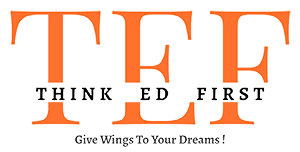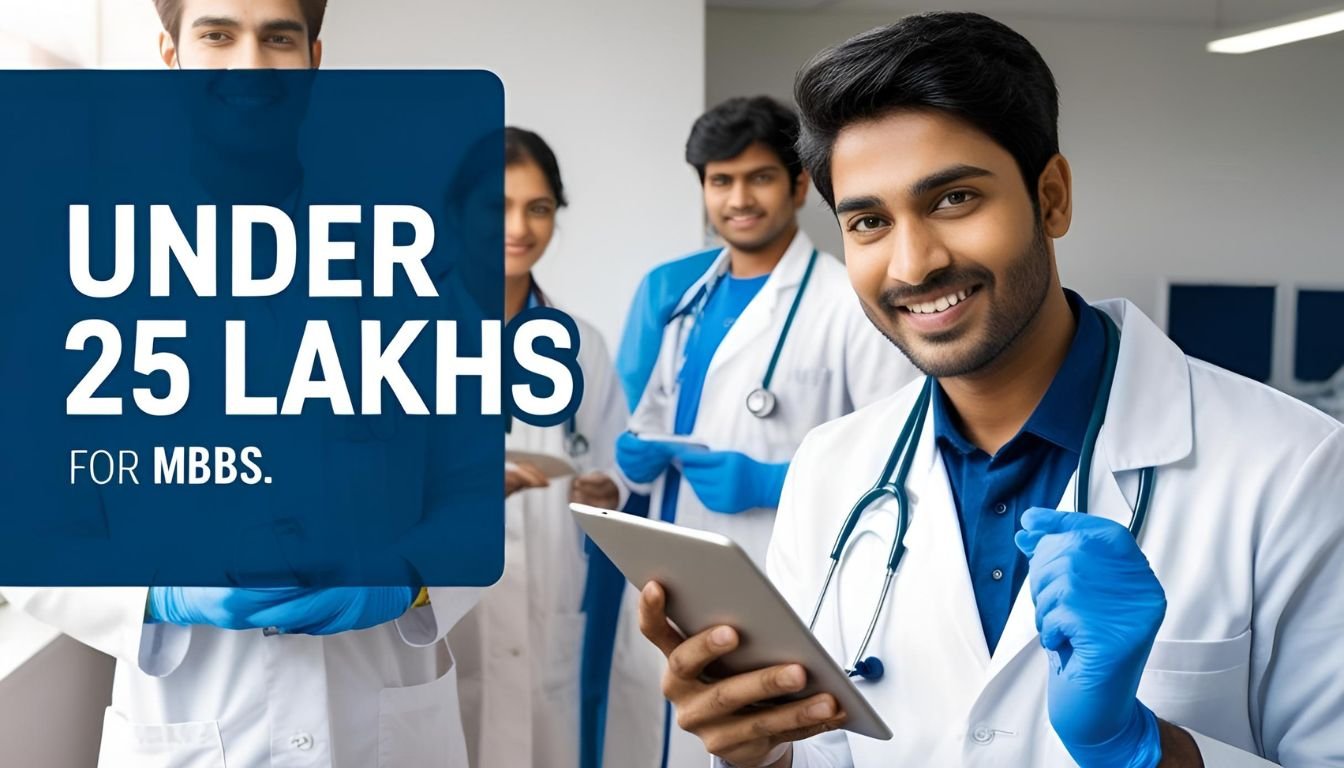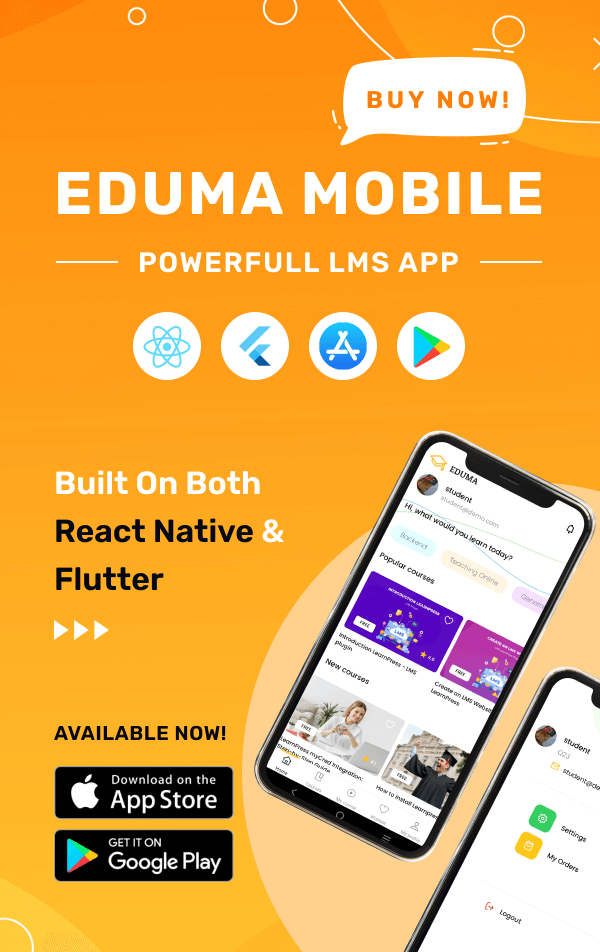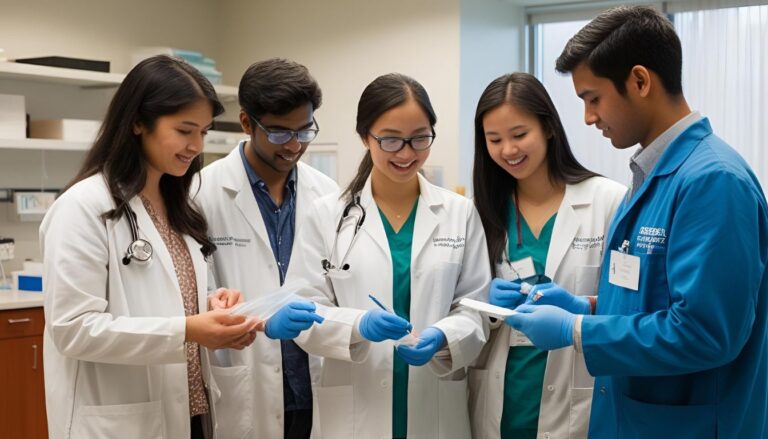For many aspiring doctors in India, the dream of becoming a medical professional often comes with a hefty price tag. With private medical colleges charging upwards of 1 crore INR, the financial burden can be overwhelming. But what if there was a smarter, more accessible path to achieving this dream?
Over 10,000 Indian students have already discovered an alternative—studying medicine in a neighboring country. With total costs ranging between 25 to 40 lakhs INR, this option is not only budget-friendly but also offers globally recognized degrees. The cultural similarities and English-medium instruction make it an even more appealing choice.
Imagine earning a degree that’s approved by the Medical Council of India (MCI) and the World Health Organization (WHO), all while saving significantly on tuition and living expenses. Could this be the solution you’ve been searching for?
Why Choose Bangladesh for Affordable MBBS Programs?
The path to becoming a doctor is challenging, especially with rising education expenses. However, studying medicine in Bangladesh offers a practical solution for many aspiring medical professionals. With globally recognized degrees and high-quality education, it’s a choice worth considering.
Globally Recognized Degrees
Medical degrees from Bangladesh are approved by prestigious organizations like the Medical Council of India (MCI) and the World Health Organization (WHO). This ensures that graduates can practice medicine in India after clearing the FMGE/NExT exam. Additionally, degrees are recognized by ECFMG and GMC UK, opening doors for international practice.
- MCI Act 1956 enables Indian licensure after passing FMGE/NExT.
- WHO accreditation allows graduates to work globally.
- Curriculum aligns with Indian medical education standards.
High-Quality Education at Lower Costs
Bangladesh offers modern infrastructure, including cadaver labs and digital libraries, ensuring a comprehensive learning experience. The faculty is trained at global institutions, providing students with top-notch guidance. English-medium instruction eliminates language barriers, making it easier for international students to adapt.
- Tuition costs are up to 60% lower compared to private colleges in India.
- Modern facilities enhance practical learning.
- English-medium instruction ensures seamless communication.
Top Affordable MBBS Universities in Bangladesh
Exploring international options can make medical education more accessible. For Indian students, studying in neighboring countries offers a blend of quality and affordability. Bangladesh, in particular, has emerged as a popular destination for medical studies.
Government vs. Private Colleges: Fee Comparison
Government colleges in Bangladesh offer 22 SAARC quota seats for Indian students. These seats are highly competitive but come with significantly lower fees. Private colleges, on the other hand, provide more accessibility with fees ranging between 25 to 37 lakh INR for the entire course.
Here’s a quick comparison of fees at popular institutions:
| College | Total Fees (INR) | Hostel Fees (INR/month) |
|---|---|---|
| Dhaka National Medical College | 36,00,000 | 9,000 |
| Holy Family Red Crescent Medical College | 31,12,500 | 7,500 |
| Ibrahim Medical College | 28,50,000 | 8,250 |
| East West Medical College | 30,00,000 | 7,500 |
| Green Life Medical College | 31,50,000 | 9,750 |
Low-Cost Private Medical Colleges Under 25 Lakhs
For students seeking budget-friendly options, several private colleges offer total fees under 35 lakhs INR. Brahmanbaria Medical College and President Abdul Hamid Medical College are notable examples, with fees around 29 to 30 lakhs INR.
Women’s medical colleges like ZH Sikder and Ad-din Women’s Medical College provide separate hostel facilities, ensuring a safe and comfortable environment for female students. Application deadlines for the 2025 intake are typically between November and December, so timely preparation is essential.
MBBS in Bangladesh Fees Structure (2025-26)
Understanding the cost structure is crucial for planning your medical education journey. Breaking down expenses helps students make informed financial decisions and avoid unexpected surprises.
Tuition Fees Breakdown
Annual tuition fees for medical programs in Bangladesh average around 5.66 lakh INR. This is significantly lower compared to private colleges in India. Here’s a comparative table of fees across countries:
| Country | Total Fees (INR) | Hostel Fees (INR/year) |
|---|---|---|
| Bangladesh | 25-40 lakhs | 85,000 |
| India | 1-1.5 crores | 1.2-1.5 lakhs |
| Nepal | 40-60 lakhs | 90,000 |
First-year payments typically range between 15 to 25 lakh INR, covering tuition, hostel, and other initial costs. Subsequent years are more affordable, with fees averaging 5-7 lakh INR annually.
Living Expenses and Additional Costs
Apart from tuition, students need to budget for living expenses. Hostel fees are around 85,000 INR per year, while food costs approximately 8,500 INR monthly. Additional expenses include visa and insurance, which amount to 25,500 INR in the first year.
- Total 5.5-year cost: 37-50 lakh INR (including hidden charges).
- Currency conversion tip: $1 equals approximately 82 INR.
- Budget management: Track monthly expenses and prioritize essential costs.
With careful planning, students can manage their finances effectively and focus on their studies without unnecessary stress.
Duration and Curriculum of MBBS in Bangladesh
The MBBS program in Bangladesh is structured to provide a comprehensive medical education over five years. This includes pre-clinical, para-clinical, clinical, and internship phases. Each phase is designed to build a strong foundation in medical knowledge and practical skills.
Pre-Clinical Phase (Years 1-2)
The first two years focus on foundational subjects like Anatomy, Physiology, and Biochemistry. These courses help students understand the human body’s structure and functions. Practical sessions in labs and cadaver studies enhance hands-on learning.
Clinical and Internship Phases
The clinical phase spans two years, covering subjects like Medicine, Surgery, and Obstetrics. Students gain practical experience through rotations in affiliated hospitals. The final year is dedicated to a mandatory internship, where students apply their knowledge in real-world medical settings.
Here’s a comparison of the curriculum structure with Indian MBBS programs:
| Phase | Bangladesh | India |
|---|---|---|
| Pre-Clinical | Anatomy, Physiology, Biochemistry | Anatomy, Physiology, Biochemistry |
| Para-Clinical | Pathology, Pharmacology, Microbiology | Pathology, Pharmacology, Microbiology |
| Clinical | Medicine, Surgery, Obstetrics | Medicine, Surgery, Obstetrics |
| Internship | 1 year (Mandatory) | 1 year (Mandatory) |
Semester exams are conducted in January and July each year, ensuring continuous assessment. The curriculum aligns with global standards, making it easier for graduates to pursue international opportunities.
Eligibility Criteria for Indian Students
Meeting the eligibility criteria is the first step for Indian students aiming to study medicine abroad. We’ve outlined the key requirements to help you prepare for a smooth admission process.
Academic and NEET Requirements
Indian students must secure a minimum of 60% in Physics, Chemistry, and Biology (PCB) in their 12th-grade exams. For SC/ST candidates, the requirement is 50%. Additionally, qualifying in the NEET exam is mandatory for all applicants.
NEET scores are crucial for securing a seat, as they are a primary criterion for selection. Students must ensure their scores meet the cut-off set by the respective institutions.
Age and Document Checklist
Applicants must be at least 17 years old by December 31 of the admission year. Along with age, students need to submit a set of documents for verification. These include:
- Attested 10th and 12th-grade mark sheets.
- NEET scorecard.
- Valid passport.
- Police verification and medical fitness certificates.
Students with a gap of more than two years after 12th grade may face restrictions. It’s essential to check specific university policies regarding gap years.
Recent changes in BM&DC eligibility rules have introduced new guidelines. We recommend verifying these updates with the admission office of your chosen institution.
Admission Process for MBBS in Bangladesh
Starting your journey to study medicine abroad requires a clear understanding of the admission process. For Indian students, this involves specific steps and documentation to ensure a smooth transition. Here’s a detailed guide to help you navigate the process effectively.
Step-by-Step Application Guide
The admission process begins with meeting the eligibility criteria, including a minimum of 60% in Physics, Chemistry, and Biology (PCB) in 12th grade and a qualifying NEET score. Here’s a step-by-step breakdown:
- Register online through the official portal of your chosen institution.
- Submit required documents, including 10th and 12th-grade mark sheets, NEET scorecard, and a valid passport.
- Pay the application fee, which typically ranges between $100 and $200.
- Await the admission offer letter, which is usually issued within 4-6 weeks.
- Make an advance payment of $5,000 to $10,000 to secure your seat.
- Apply for a student visa, ensuring all documents are attested and verified.
- Complete the visa process, which takes approximately 4-6 weeks.
- Plan your travel and arrive in Bangladesh before the academic session begins.
Visa and Travel Arrangements
Obtaining a student visa is a crucial part of the admission process. Here’s what you need to prepare:
- Attested copies of academic certificates and mark sheets.
- Valid passport with at least six months of validity.
- Admission offer letter from the institution.
- Proof of financial stability, such as bank statements or sponsorship letters.
- Medical fitness certificate and police verification report.
For fee payments, Indian students can use bank transfers or credit/debit cards. Ensure all transactions are documented for future reference.
Important deadlines for the 2025 intake include registration by December 2024 and visa application submission by January 2025. For further assistance, contact the Indian Embassy in Dhaka or the Bangladesh High Commission in India.
Benefits of Studying MBBS in Bangladesh
Studying medicine abroad can open doors to diverse opportunities and experiences. For Indian students, Bangladesh offers a unique blend of quality and accessibility. The absence of entrance exams, except for NEET, simplifies the admission process. This makes it an attractive option for those seeking a streamlined path to a medical career.
No Entrance Exams (Except NEET)
One of the standout advantages is the direct admission process. Students are admitted based on their 12th-grade marks and NEET scores. This eliminates the stress of college-specific entrance tests. The focus remains on academic performance, ensuring a fair and transparent selection process.
- Direct admission based on 12th-grade marks and NEET scores.
- No additional entrance exams required for most colleges.
- Simplified process reduces application stress.
English-Medium Instruction
The entire curriculum is taught in English, making it easier for international students to adapt. This aligns with the global standards of medical education. Students can focus on learning without language barriers, ensuring a smooth academic journey.
- 100% English curriculum for seamless learning.
- Aligned with global medical education standards.
- Supports international students in adapting quickly.
Beyond academics, students benefit from diverse clinical exposure in Bengali hospitals. This prepares them for real-world medical challenges. Additionally, institutions offer support for USMLE and PLAB preparation, opening doors to global practice.
- Exposure to a wide range of clinical cases.
- Guidance for USMLE and PLAB exams.
- Strong alumni network in Indian healthcare.
Language support for Hindi and Urdu speakers further enhances the experience. This ensures students feel comfortable and supported throughout their studies. With these benefits, studying medicine in Bangladesh becomes a well-rounded and rewarding choice.
Cultural Similarities with India
Cultural connections between India and its neighbors ease the transition for students. Shared Bengali and Hindi linguistic roots create a sense of familiarity. This makes communication effortless and helps students adapt quickly to their new environment.
Festivals like Durga Puja and Eid are celebrated with equal enthusiasm in both countries. These shared traditions provide a comforting sense of home for Indian students. Additionally, vegetarian food is widely available, catering to diverse dietary preferences.
Here’s a comparison of regional cuisines between Bengal and Bangladesh:
| Dish | Bengal (India) | Bangladesh |
|---|---|---|
| Macher Jhol | Fish curry with mustard oil | Fish curry with coconut milk |
| Mishti Doi | Sweet yogurt | Sweet yogurt with caramelized sugar |
| Luchi | Deep-fried flatbread | Deep-fried flatbread with slight variations |
Transportation links, such as frequent Kolkata-Dhaka flights, make travel convenient. Indian student communities on campuses provide a support system, fostering a sense of belonging. The climate is similar to Eastern India, ensuring students feel at home.
Safety statistics for international students are reassuring. With low crime rates and a welcoming environment, students can focus on their education without concerns. These cultural similarities make studying abroad a smooth and enriching experience.
Recognition of Bangladeshi Medical Degrees
Medical degrees from Bangladesh are globally recognized, offering Indian students a pathway to practice medicine internationally. With accreditation from prestigious bodies, these degrees hold significant value in the global healthcare sector.
MCI and WHO Approval
Bangladeshi medical colleges are recognized by the Medical Council of India (MCI) and the World Health Organization (WHO). This ensures that graduates can practice in India after clearing the FMGE/NExT exam. Additionally, degrees are listed in the World Directory of Medical Schools (WDOMS), enabling graduates to pursue opportunities worldwide.
Other recognized accreditation bodies include:
- Medical Council of Canada
- World Federation for Medical Education (WFME)
- General Medical Council (GMC) UK
FMGE/NExT Exam for Practicing in India
Indian students must pass the Foreign Medical Graduates Examination (FMGE) or the upcoming NExT exam to practice in India. The 2023 FMGE pass rate was 82%, reflecting the quality of education in Bangladeshi medical colleges. Registration for the exam is straightforward, requiring submission of academic documents and a valid passport.
Recent pass percentages by college include:
- Dhaka National Medical College: 85%
- Holy Family Red Crescent Medical College: 80%
- Ibrahim Medical College: 78%
Graduates also benefit from license reciprocity in Gulf countries, making it easier to practice in regions like the UAE and Saudi Arabia.
The WHO Directory verification process ensures that degrees are globally accepted. This recognition, combined with practical training during the internship phase, prepares students for diverse medical careers.
Clinical Exposure and Internship Opportunities
Clinical training is a cornerstone of medical education, shaping future doctors through hands-on experience. In top medical colleges, students benefit from a 1:5 faculty-student ratio during clinical rotations. This ensures personalized guidance and a deeper understanding of medical practices.
Affiliated teaching hospitals with over 300 beds provide a diverse range of cases. Students gain exposure to tropical medicine, which is particularly relevant in regions with unique health challenges. Rural postings further enhance their learning by offering insights into community healthcare needs.
Paid internship opportunities are available, allowing students to apply their knowledge in real-world settings. These internships are structured to provide maximum patient exposure, often exceeding the hours offered in other countries. This prepares students for a seamless transition into professional practice.
Research publication opportunities are also a highlight. Students are encouraged to participate in studies, contributing to advancements in medical science. This combination of clinical exposure and research ensures a well-rounded education.
- Affiliated hospitals include state-of-the-art facilities for comprehensive training.
- Case diversity in tropical medicine enhances diagnostic and treatment skills.
- Paid internships offer financial support and practical experience.
- Patient exposure hours exceed those in many other programs.
- Research opportunities foster innovation and academic growth.
Comparison: MBBS in Bangladesh vs. India
Choosing the right destination for medical studies involves weighing costs and quality. For Indian students, comparing programs in Bangladesh and India helps identify the best fit for their goals and budget.
Cost Differences
The total cost of pursuing a medical degree in India ranges from 50 lakhs to 1.2 crores INR, depending on the institution. In contrast, the cost in Bangladesh is significantly lower, ranging from 25 to 40 lakhs INR for the entire course. This makes it a more accessible option for many students.
Here’s a side-by-side comparison of fees:
| Country | Total Fees (INR) |
|---|---|
| India | 50L-1.2Cr |
| Bangladesh | 25-40L |
Quality of Education and Infrastructure
Both countries offer high-quality medical education, but there are notable differences in infrastructure and resources. Bangladeshi colleges often provide better access to advanced technology in labs, enhancing practical learning. Indian government institutions, however, are known for their higher standards and research facilities.
- Faculty qualifications in both countries are comparable, with many professors trained at global institutions.
- Residency placement rates are similar, ensuring graduates are well-prepared for professional practice.
- Cultural adjustment is easier in Bangladesh due to shared traditions and language.
Ultimately, the choice depends on individual preferences and financial considerations. Both options provide a solid foundation for a successful medical career.
Post-Graduation Pathways
Graduating from medical college opens doors to diverse career paths globally. Whether you aim to practice in India or explore opportunities abroad, the choices are vast. Let’s explore the options available to you after completing your degree.
Practicing in India or Abroad
After earning your degree, you can choose to practice in India or pursue international opportunities. In India, clearing the FMGE/NExT exam is essential for licensure. Many graduates also opt for postgraduate studies to specialize in fields like surgery, cardiology, or pediatrics.
For those looking abroad, countries like the US, UK, and Germany offer attractive pathways. In the US, 45% of graduates pursue residencies after clearing the USMLE exams. In the UK, the PLAB exam is the gateway to practicing medicine, with a pass rate of 68%. Germany requires proficiency in the German language (A1 level) for medical practice.
Here’s a comparison of post-graduation pathways:
| Country | Exam Required | Key Requirement |
|---|---|---|
| India | FMGE/NExT | Licensure for practice |
| US | USMLE | Residency placement |
| UK | PLAB | Medical registration |
| Germany | Language Proficiency | A1 German level |
USMLE and PLAB Exam Support
Preparing for licensing exams like USMLE and PLAB can be challenging. Many colleges partner with coaching institutes like MOKSH to provide tailored support. These programs focus on exam strategies, practice tests, and mentorship to help students succeed.
The average USMLE Step 1 score for graduates is 230, reflecting the quality of preparation. For PLAB, students benefit from structured study plans and mock exams. Additionally, scholarships are available to support students financially during their exam preparation.
Other pathways include MRCP (Member of the Royal College of Physicians) and MRCS (Member of the Royal College of Surgeons) for those aiming for specialized roles in the UK. These certifications enhance your credentials and open doors to advanced medical careers.
Here are some key points to consider:
- USMLE Step 1 average score: 230.
- PLAB pass rate: 68%.
- Scholarship opportunities for exam preparation.
- MRCP/MRCS pathways for specialization.
With the right guidance and preparation, you can achieve your goals and build a successful medical career.
Conclusion
Pursuing a medical career abroad can be a transformative experience, especially when it aligns with your financial and academic goals. For Indian students, studying in neighboring countries offers a cost-effective solution, with total expenses often under 25 lakhs INR. This makes it a practical choice for those seeking quality education without the burden of high fees.
Degrees from recognized institutions are approved by global bodies like WHO and MCI, ensuring graduates can practice in India and abroad. This recognition, combined with a curriculum aligned with Indian standards, provides a seamless transition for students aiming to build a successful medical career.
We encourage early applications for the 2025 intake to secure your seat in top colleges. For personalized guidance, our admission assistance team is here to help you navigate the process smoothly. Investing in your education now promises a strong return, both professionally and financially.





